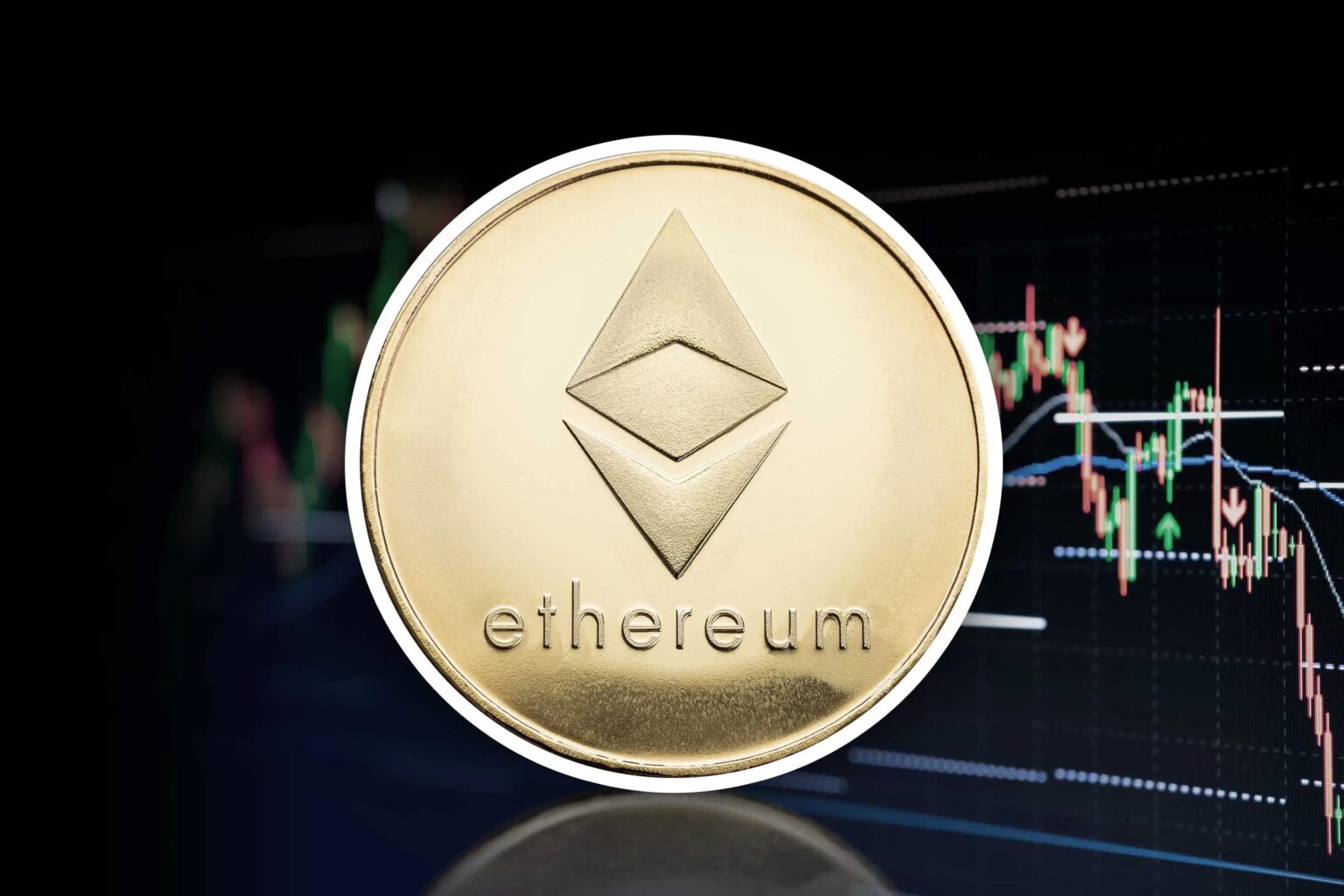Circle’s IPO: A Turning Point for Stablecoins?
Circle, the creator of USD Coin (USDC), has filed for an IPO. This move could shake up the stablecoin market. On April 1, Circle submitted its IPO documents to the U.S. securities and Exchange Commission. The company plans to list on the New York Stock exchange under the ticker “CRCL.”
Circle’s financials show a mixed picture. In 2024,the company reported $1.68 billion in revenue, up from $1.45 billion in 2023. However, net income fell to $155.7 million, down from $267.5 million the previous year. EBITDA also declined by 29% to $284.8 million. High operational costs, including over $250 million in compensation, are raising concerns.
Investor Omar from Dragonfly Capital warns of weakening gross margins and deregulation risks. He believes Circle’s valuation is too high. However, some analysts see the IPO as a major event that could attract more institutional involvement in blockchain.
USDC is the second-largest stablecoin by market cap, behind Tether’s USDT. New competitors like paypal USD and Ripple USD are emerging, especially in the U.S. and enterprise sectors.
Circle’s IPO could reshape the stablecoin market by introducing more openness and regulatory accountability.Experts like David Robnett of Asset Token Ventures view this as a turning point for the industry.
Circle’s IPO: A Game-Changer for USDC and Stablecoins
Circle’s decision to go public is reshaping the stablecoin landscape. As a listed company, Circle brings unprecedented transparency and regulatory oversight to USDC, its dollar-backed digital asset. this move could attract more institutional investors who prioritize compliance and risk management.
Bundeep Singh Rangar, CEO of Pi Protocol, believes this listing will appeal to institutions seeking reliability. “circle’s public status offers a strong regulatory edge. Investors and institutions favor products with transparency and oversight, making USDC an attractive option.”
Yuriy Brisov, Partner at digital & Analogue Partners, highlights Circle’s advantage. “Circle’s legitimacy, audited reserves, and SEC reporting set it apart. Tether’s model is more opaque, giving circle an edge with regulated institutions.”
However, Tether’s dominance won’t be easily shaken. Alexis Sirkia, Chairman of Yellow Network, notes Tether’s entrenched position. “Tether is the backbone of offshore liquidity and deeply integrated into trading chains. Circle’s approach will attract institutional capital over time, but Tether’s position is solid.”
Joe,Co-founder of DeAgentAI,sees regulatory clarity as a key factor. “With U.S. institutional support and pro-crypto policies, USDC is a safer choice for big banks and fintechs entering Web3.”
Eneko knörr, CEO of Stabolut, views the IPO as a shift in perception. “It’s like investing in a central bank. This visibility and trust are crucial for conventional institutions to feel agreeable with USDC.”
The battle between USDC and USDT is about regulation versus reach.USDT remains the most liquid stablecoin, especially on exchanges like Binance and OKX. Though, USDC is trusted in DeFi with transparent reserves and a strong presence in lending protocols like Aave and Compound.
Stablecoin Evolution: Utility and Yield Take Center stage
The future of stablecoins is shifting. It’s not just about size anymore. It’s about how useful they are and how much they can earn. new stablecoins might be backed by real-world assets and offer natural returns. This changes the focus from safety to performance.
Yield-bearing designs could attract big players and DeFi users. They work well if they have strong backing and can be used flexibly across different systems. Zino, CEO of GamerBoom, points out that geography and market segments matter. USDC’s regulatory compliance gives it an edge in europe and the U.S. But Tether’s strong presence in emerging markets is hard to beat.
Tether holds a 70% market share and is deeply rooted in decentralized platforms and remittance networks like TRON. While USDC’s IPO makes it more appealing in regulated areas, Tether’s liquidity in high-volume, less regulated markets remains strong.
Dmitrij Radin,CEO of Zekret,sees this as a clash of two crypto value systems. Circle must be transparent and follow U.S. rules. Tether, being offshore and semi-anonymous, offers versatility valued in emerging markets. The competition isn’t about who’s right but which model works best under different conditions.
Opinions vary on who will win in the long run. But most agree the stablecoin market will stay divided. Circle’s reliance on Coinbase is a big risk. Robbie notes that Circle paid Coinbase $908 million for distributing USDC, more than Circle’s net income of $156 million. This heavy dependence could hurt Circle if Coinbase faces issues.
Circle also faces risks from changing interest rates. A 200-basis-point drop could led to a $414 million loss.Tether, with less transparent revenue sources, might be less affected by rate changes.Circle’s transparency is a strength for compliance but leaves it vulnerable to market shifts.
Circle Must Diversify to Compete with Tether
Circle, a major player in the stablecoin market, faces a strategic challenge. Its reliance on interest from reserves is a risk, according to experts. Diversifying its revenue streams is crucial for Circle’s future.
Jeong, an industry analyst, believes Circle should explore new areas. “Expanding into fiat ramps, liquidity settlement, and decentralized finance can help,” he says.Relying too much on interest rates is risky, especially if they fall or become volatile.
Steven Pu, Co-Founder of Taraxa, agrees. “Circle’s focus on reserve income makes sense for regulations, but it’s risky.Their business is tied to Coinbase and market conditions. To stay competitive, they need to diversify.”
Radin points out that circle’s transparency about reserves is a strength but also a weakness. “99% of their revenue comes from U.S.Treasury reserves. This makes them vulnerable to rate changes. Tether’s opaque model might shield them from such risks.”
Sirkia sees diversification as a strategic necessity. “Circle’s compliance is good, but not enough if revenue is from one source. The stablecoin market is changing. Opportunities in liquidity settlement and decentralized finance are growing.”
To remain competitive,Circle needs to diversify income streams and reduce reliance on a single partner. Regulatory clarity and backing are advantages, but not enough if market conditions shift. circle must rethink its strategy and expand into new areas like decentralized finance and liquidity settlement. Without diversification, Circle risks falling behind competitors better equipped to handle uncertainty.



